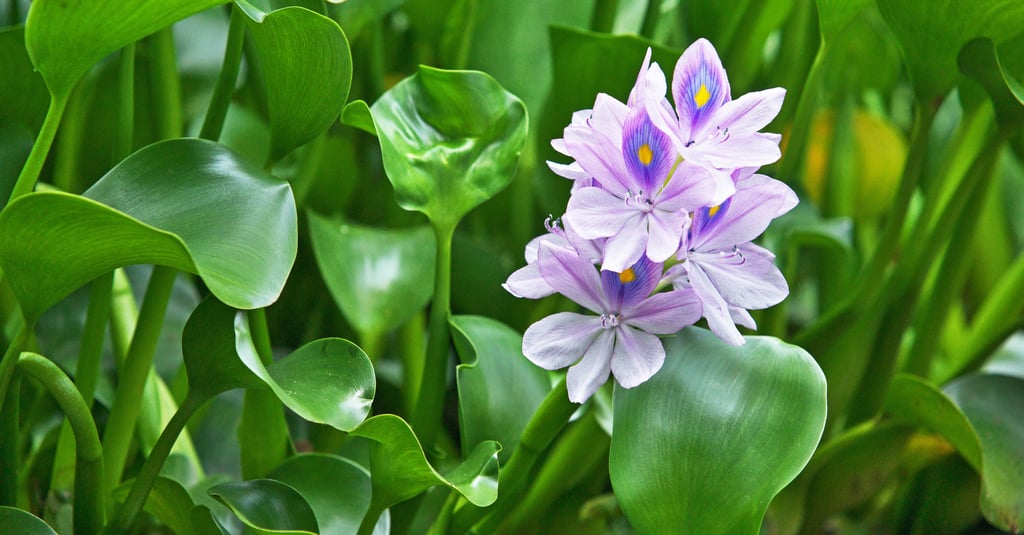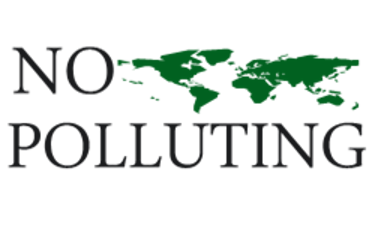Invasive Water Hyacinths Can Help Clean Microplastics from Rivers and Lakes
Researchers have discovered that water hyacinths, often seen as a nuisance, can remove microplastics from freshwater systems.
FEATUREDPLASTIC POLLUTION


Researchers at the Shandong Academy of Agricultural Sciences and Qingdao University of Science and Technology in China have discovered that water hyacinths, often seen as invasive, can remove microplastics from freshwater systems. Here's what the study found.
The researchers conducted lab experiments using water hyacinths exposed to polystyrene microplastics—commonly found in packaging and consumer goods. Within just five days, the plants absorbed between 55% and 78% of these plastic particles from the water. Microscopic analysis showed the microplastics adhered mostly to the plants’ large root caps, which act like filters.
This discovery suggests water hyacinths could serve as a cost-effective and natural way to clean microplastic-contaminated waters—and then be recycled into biofuel or fertilizer.
In regions where water hyacinths are already widespread and considered a nuisance, this method could offer a dual benefit—controlling invasive species while tackling microplastic pollution.

